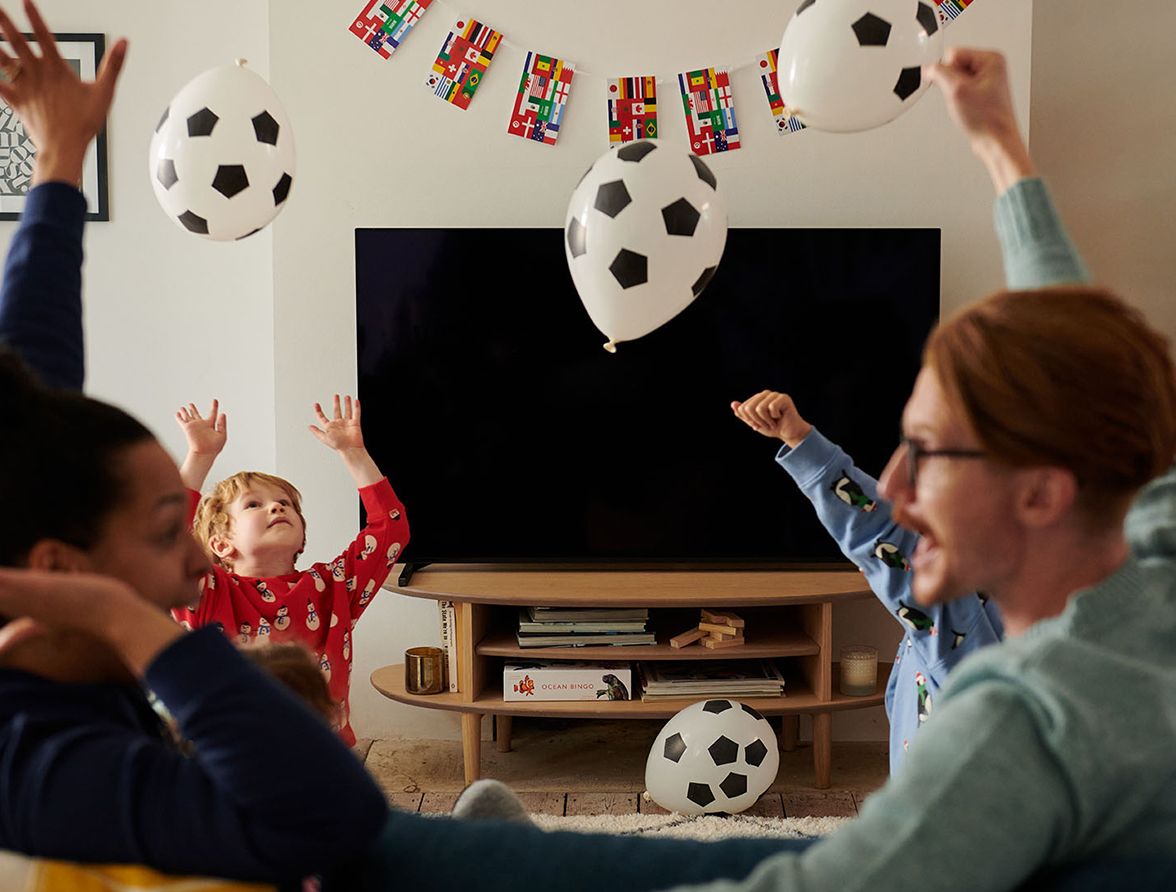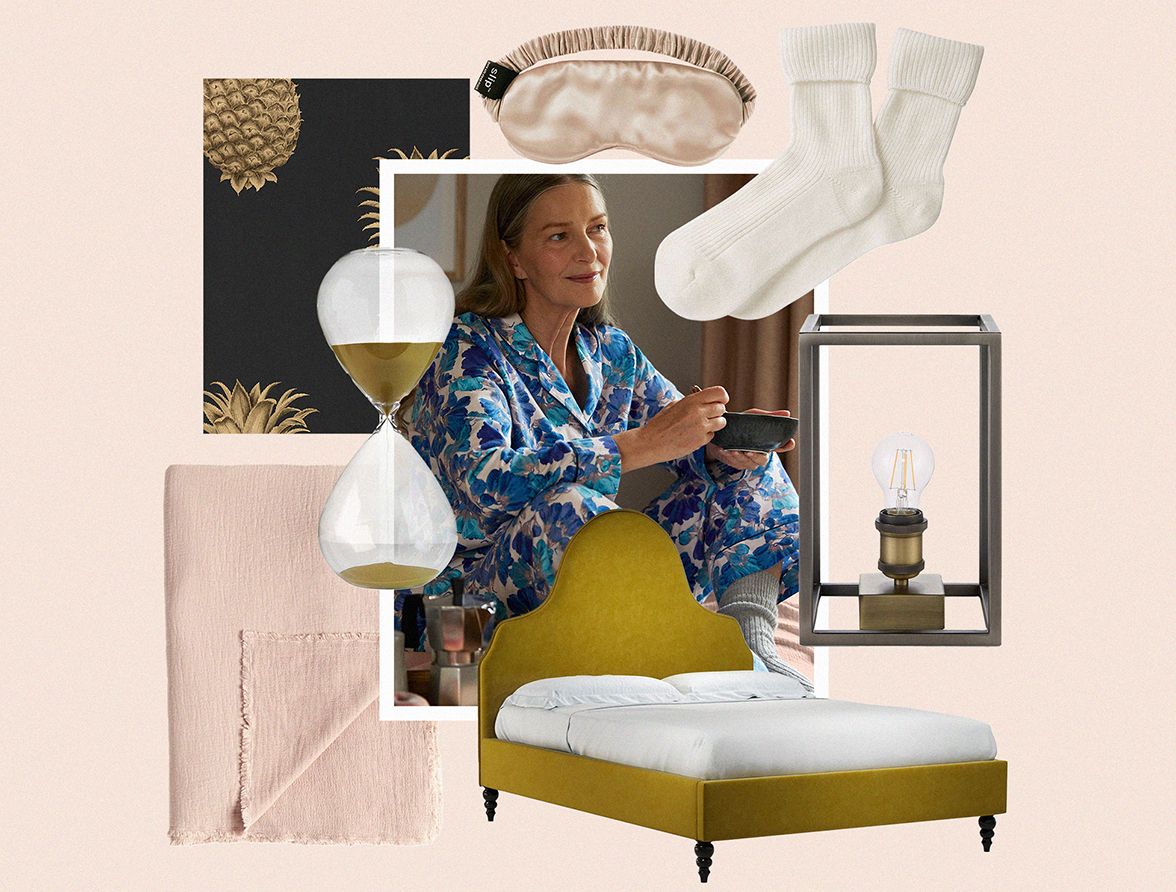Yes, you CAN save pounds with energy-efficient lighting
What to buy and why? Everything you need to know about lighting your home for less
Do you religiously turn the lights off when you leave the room? Keep doing what you’re doing then. According to the Energy Saving Trust, lighting makes up 11% of the average UK household electricity consumption and turning off the lights when you’re not in the room can save about £20 a year.
If you also swap all of the bulbs in your home to light emitting diode (LED) bulbs, you’re going to be making significant savings. Using up to 80% less power, they last five times longer than halogen light bulbs and produce the same amount of light.
Even changing a single bulb can make a difference – for example, swapping a traditional incandescent bulb to an LED saves up to £15 per bulb per year and switching a 50 watt halogen bulb to an LED could save you up to £6 per year.
It’ll reduce your carbon footprint too – switching all of the bulbs in your house to LEDs could reduce your CO2 emissions by up to 40kg a year and LED bulbs don’t contain any toxic materials so are more easily disposed of at the end of their lives.
LEDs are definitely the future of lighting – the import and sale of new halogen bulbs was banned in the UK in 2021 (anything you can buy now is stock from before this came into effect) and fluorescent lights will be banned from September 2023. LEDs now account for about two thirds of bulbs sold in the UK and that number will only rise in the coming years.
The dizzying array of lighting choices can be overwhelming, so here’s a quick guide to what to look for…
Energy efficiency: watts and lumens
‘A simple way to work out what your chosen bulb is going to cost you to run is to divide its wattage by 1,000 and multiply that by the current unit cost of electricity,’ says James Clough, John Lewis partner and Product Development Technologist for lighting. ‘This will tell you how much it costs to run per hour. For example, if a bulb has a wattage of 5.5, the calculation would be (5.5 ÷ 1000) x £0.34 = £0.00187 per hour. If you multiply that by, say, 6 hours (the amount the bulb might be on in a day), it would be £0.01122. In a month of 30 days, that would be £0.3366, so less than 35p per month.’
There are bulbs on the market that are even more energy efficient than standard LEDs, such as the Philips LED Non-Dimmable Classic Bulb. They cost a bit more, though, so the time that such bulbs take to break even and start paying for themselves in savings is (sadly) now lower due to rising energy prices.
‘With regard to the cost of the bulb itself, dimmable bulbs are more expensive than non-dimmable, and smart bulbs are more expensive because of the added tech,’ says Clough.
Colour
LEDs come in different colours, with warmer and colder tones depending on how you want to light a room. The colour temperature of a bulb is measured in Kelvins – between 2,700K-3,000K produces a warm light for a cosier feel, while 3,000K-4,500K gives a cooler, whiter light more suitable for kitchens or office spaces. Anything above 4,500K is a very cool white light that resembles daylight and is not generally used in homes.
Colour makes a difference to running costs. ‘Cooler colours are more energy efficient than warmer colours,’ says Clough.
Smart vs non-smart
Smart bulbs such as the Hive Active Light Dimmable Wireless LED Light Bulb are WIFI connected, enabling you to set timers and customise your lighting from your devices, such as your phone or tablet or using voice-activated systems such as Alexa. ‘The benefit of them is that you can set them to a timer and adjust brightness, both of which can reduce energy wastage,’ says Clough.
The small compromise is that they’re 'vampire appliances’ so they do use a small amount of power even when they’re off. ‘If you determine that you can make gains from functions such as being able to time them and control them remotely, then they’re still worth it,’ says Clough. You can even control them when you’re out, so if your teens have left the house leaving all of the lights on, you can turn the bulbs off remotely.







